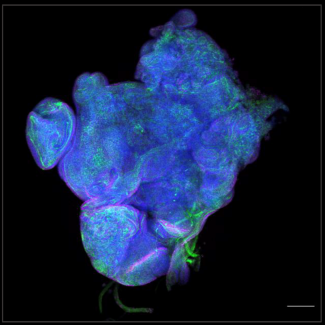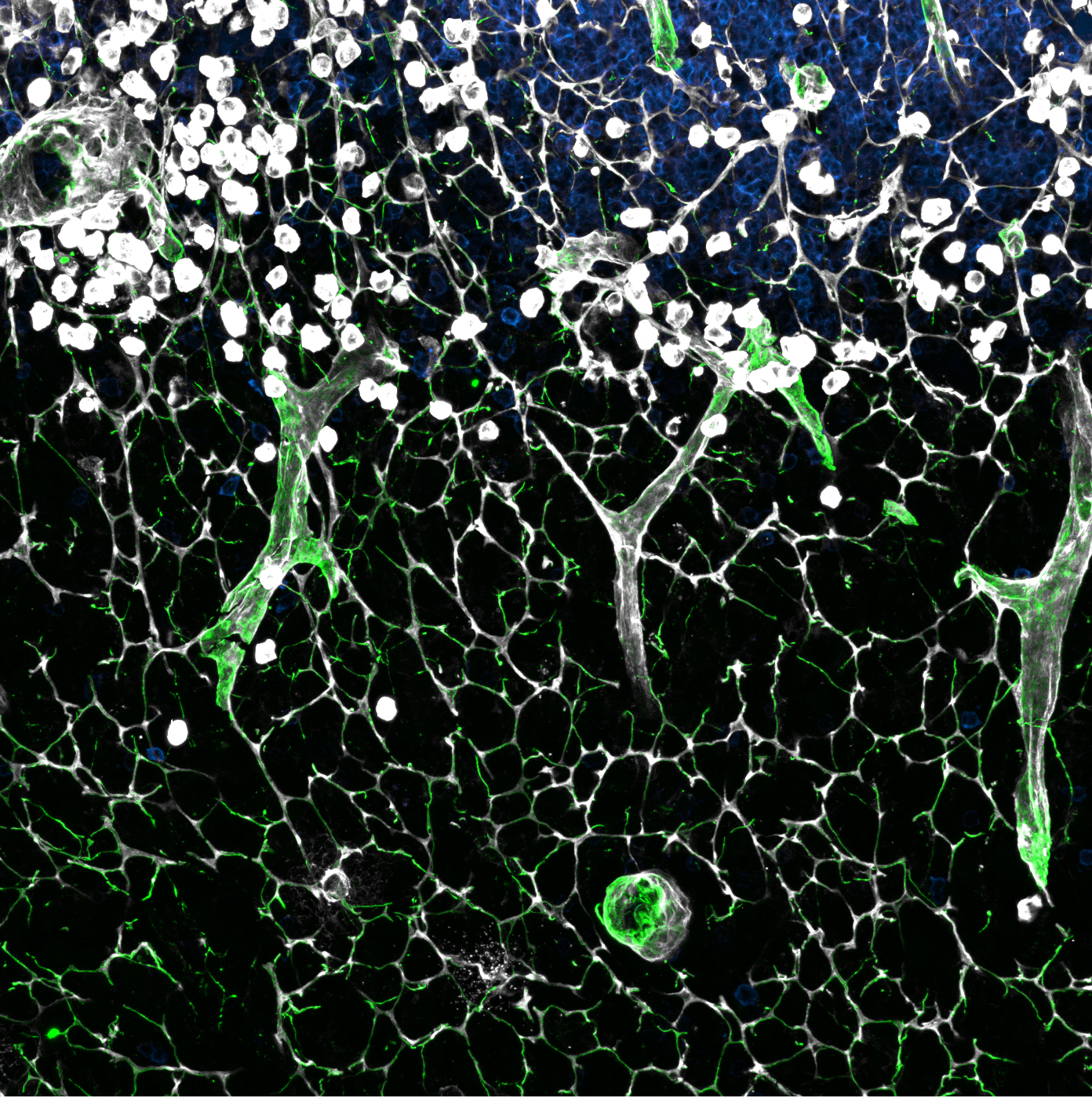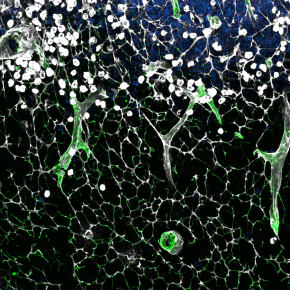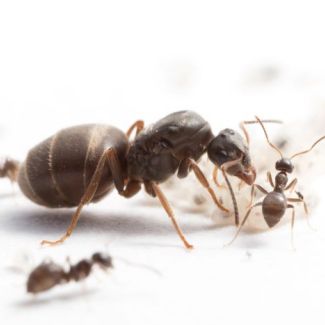
Microscopic “tunnels” expedite release of antibodies into blood
A team of researchers from the Centre d’Immunologie de Marseille-Luminy1 (CNRS / INSERM / Aix-Marseille University)—in collaboration with a group from the San Raffaele Institute2 —have discovered that the collagen tunnels, or conduits, running through lymph nodes3 permit the release of antibodies into the bloodstream for ferrying to sites of infection. Analogous to tunnels or water pipes, lymph node conduits quickly and efficiently shuttle antibodies through lymph nodes. These scientists are the first to have focused on the route by which lymph nodes release antibodies. Their findings are published in the Journal of Experimental Medicine November 8 2018.

© G. Thierry
- 1Namely, the Stromal Cell Immunobiology research team.
- 2Laboratory of Matteo Iannacone, Division of Immunology, Transplantation and Infectious Diseases and Experimental Imaging Center, San Raffaele Institute and Vita-Salute San Raffaele University, Italy.
- 3Lymph nodes are tiny organs less than a centimeter in circumference where the immune response to foreign substances, like pathogens, is initiated.
The conduit system exports locally secreted IgM from lymph nodes Thierry GR, Kuka M, De Giovanni M, Mondor I, Brouilly N, Iannacone M, and Bajénoff M. Journal of Experimental Medicine. November 14, 2018.


